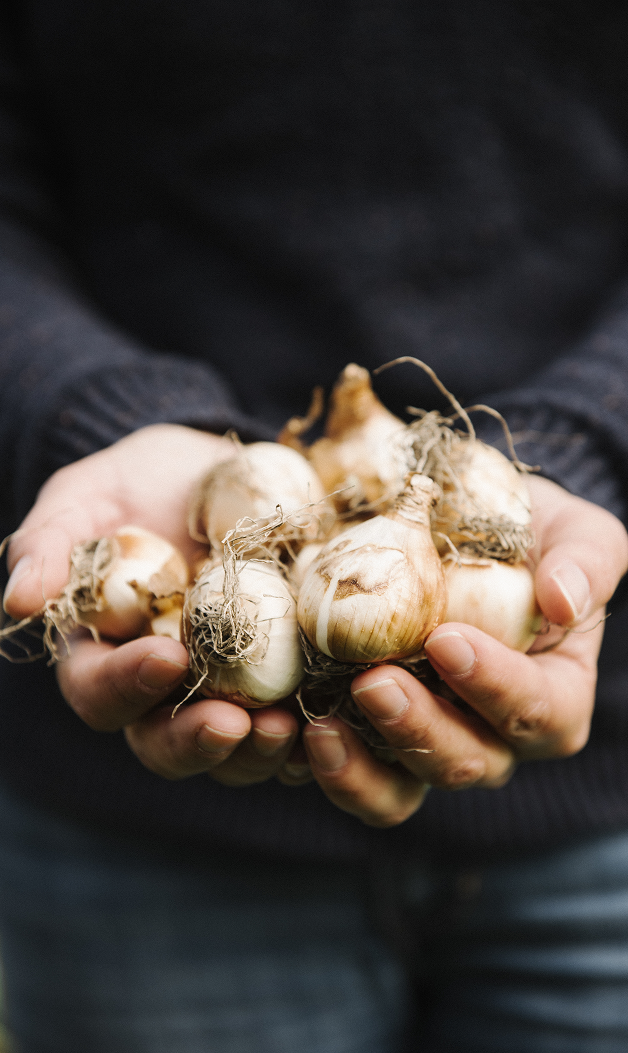Black Garlic Health Benefits
There are many health benefits of fresh garlic, including the possible prevention of hair loss. So, what about black garlic; is it as healthful as its cohort? The short answer is: possibly. But those benefits have not yet been fully tested via clinical trials, so let's dig into black garlic health benefits a bit deeper.
- Animal studies have shown that black garlic may lower cholesterol in mice (6) as well as oxidative stress (5).
- Laboratory studies using human cells have shown immunomodulating effects; these in-vitro studies showed a changed biochemistry, resulting in slowed growth of several types of cancer cells (2, 4, 7).
- Animal studies implied that black garlic may help to negate insulin resistance in mice (3).
- Clinical trials have shown that AGE / Aged Garlic Extract may lower blood pressure (1). Our black garlic contains a minimum of 1.5 mg S-allyl-cysteine per gram of product.
- Laboratory studies with human cells have shown improvement of natural killer (NK) cell activity (2).
- Animal studies showed that black garlic may lower Thiobarbituric acid reactive substances (TBARS) levels in mice (5, 3).
- Animal and laboratory studies have shown that black garlic may increase SOD (superoxide dismutase) and GSH-Px (Glutathione peroxidase) in mice (4, 5).
